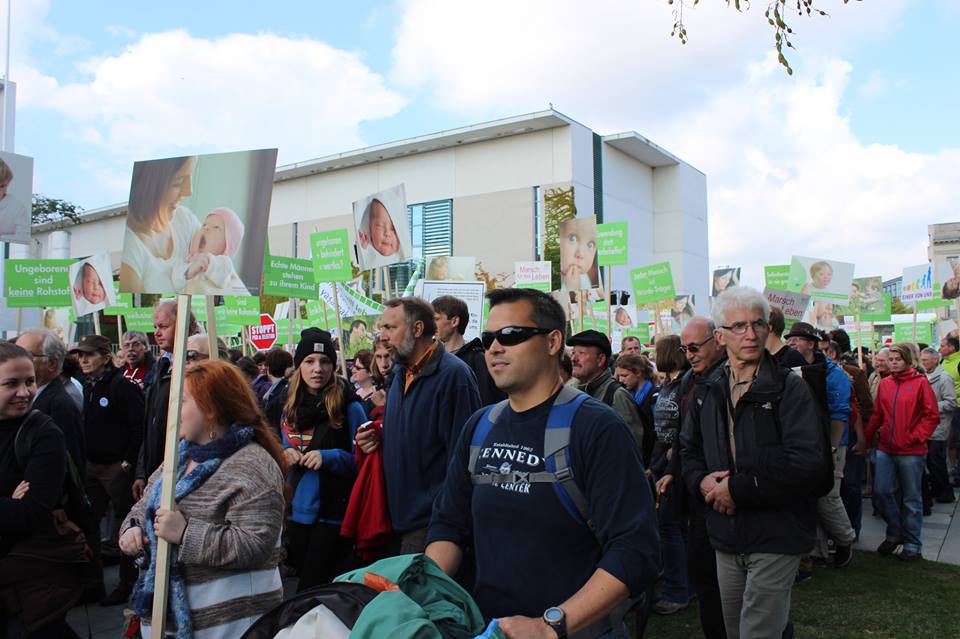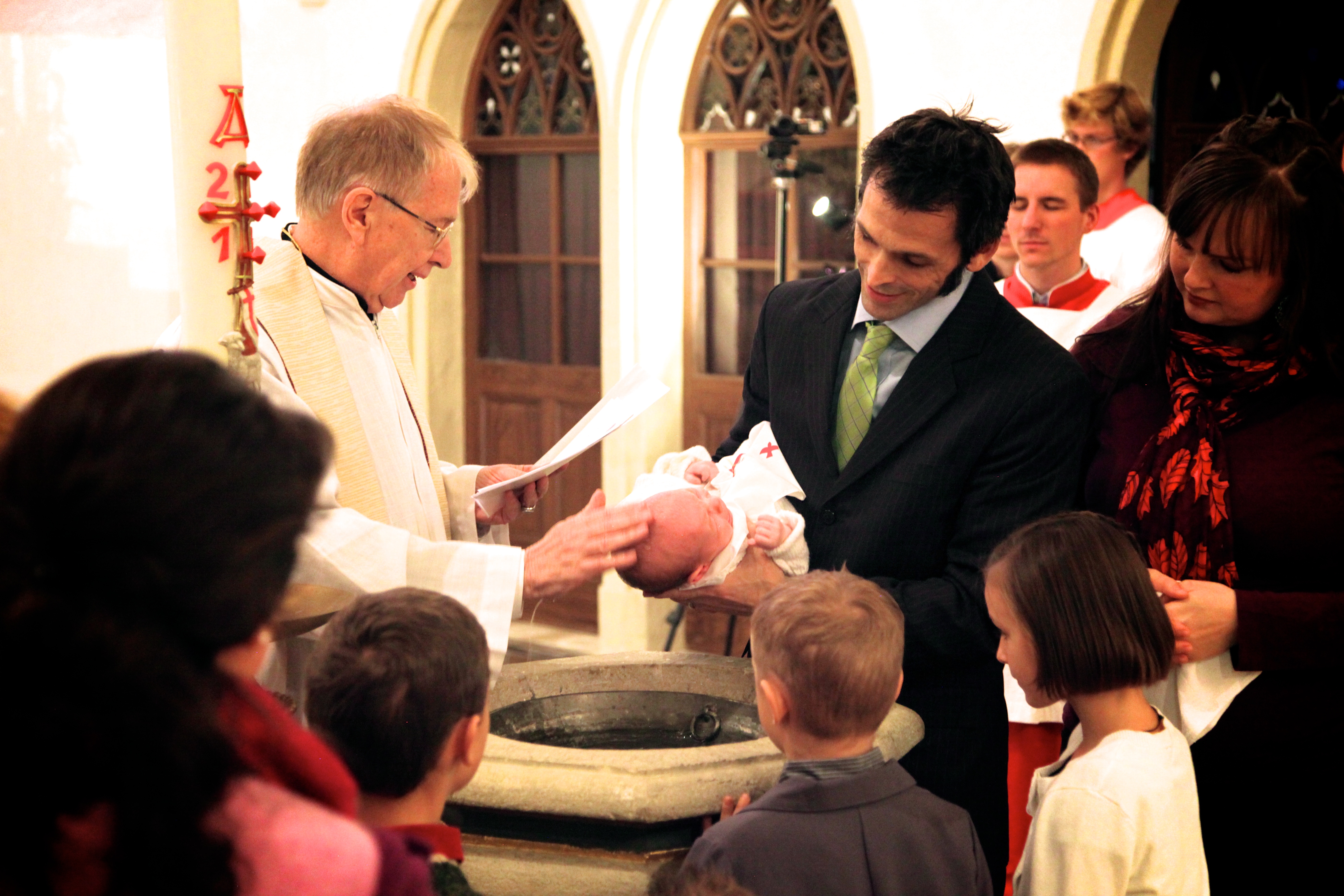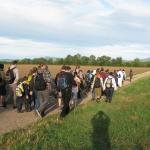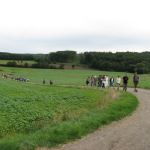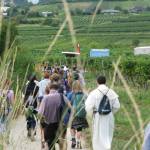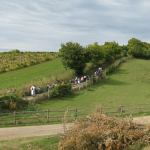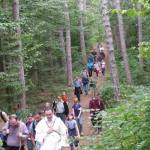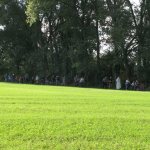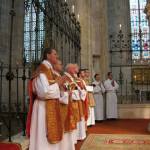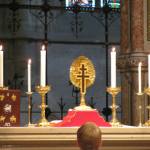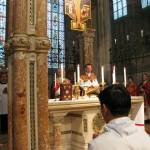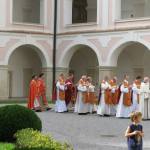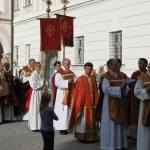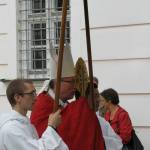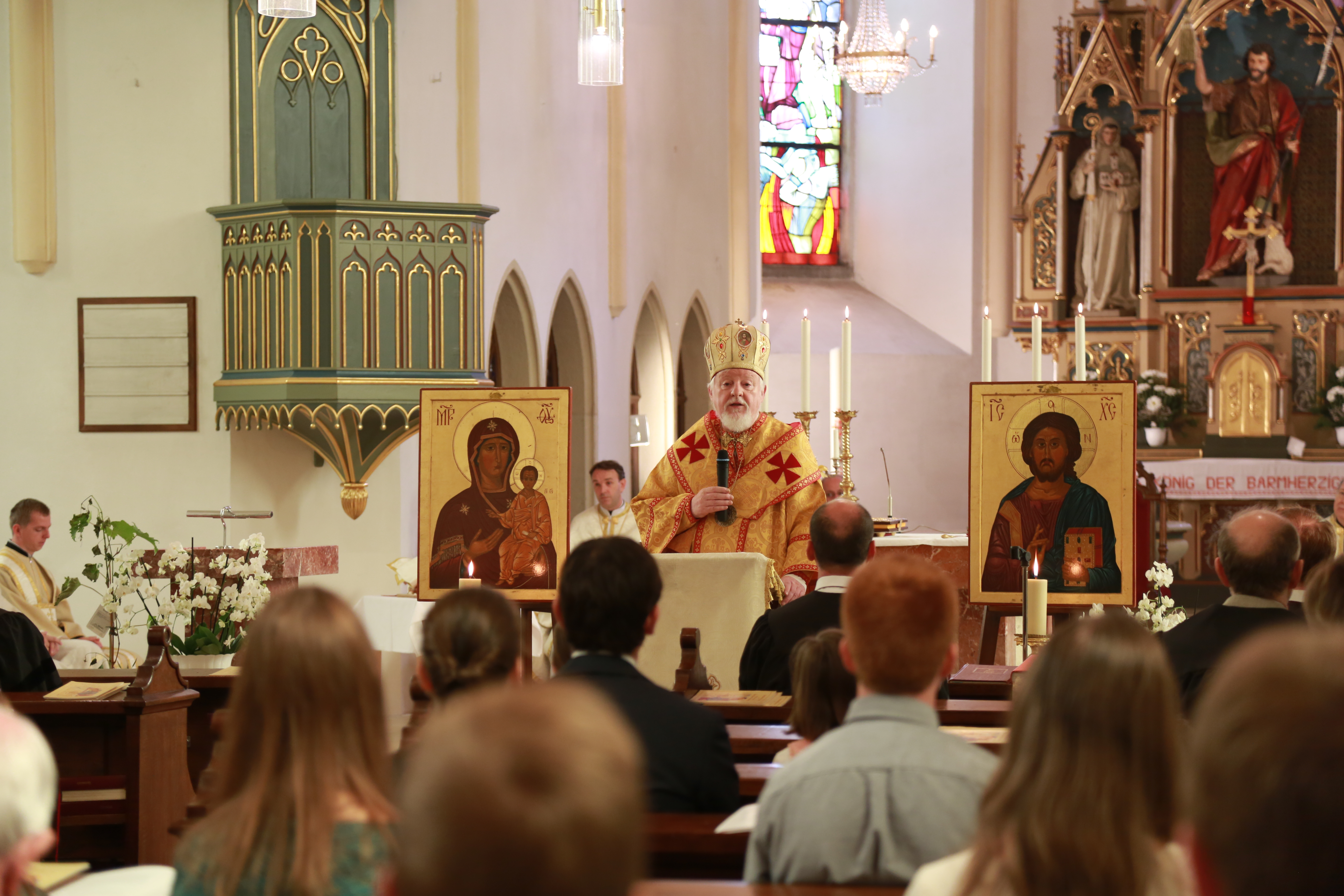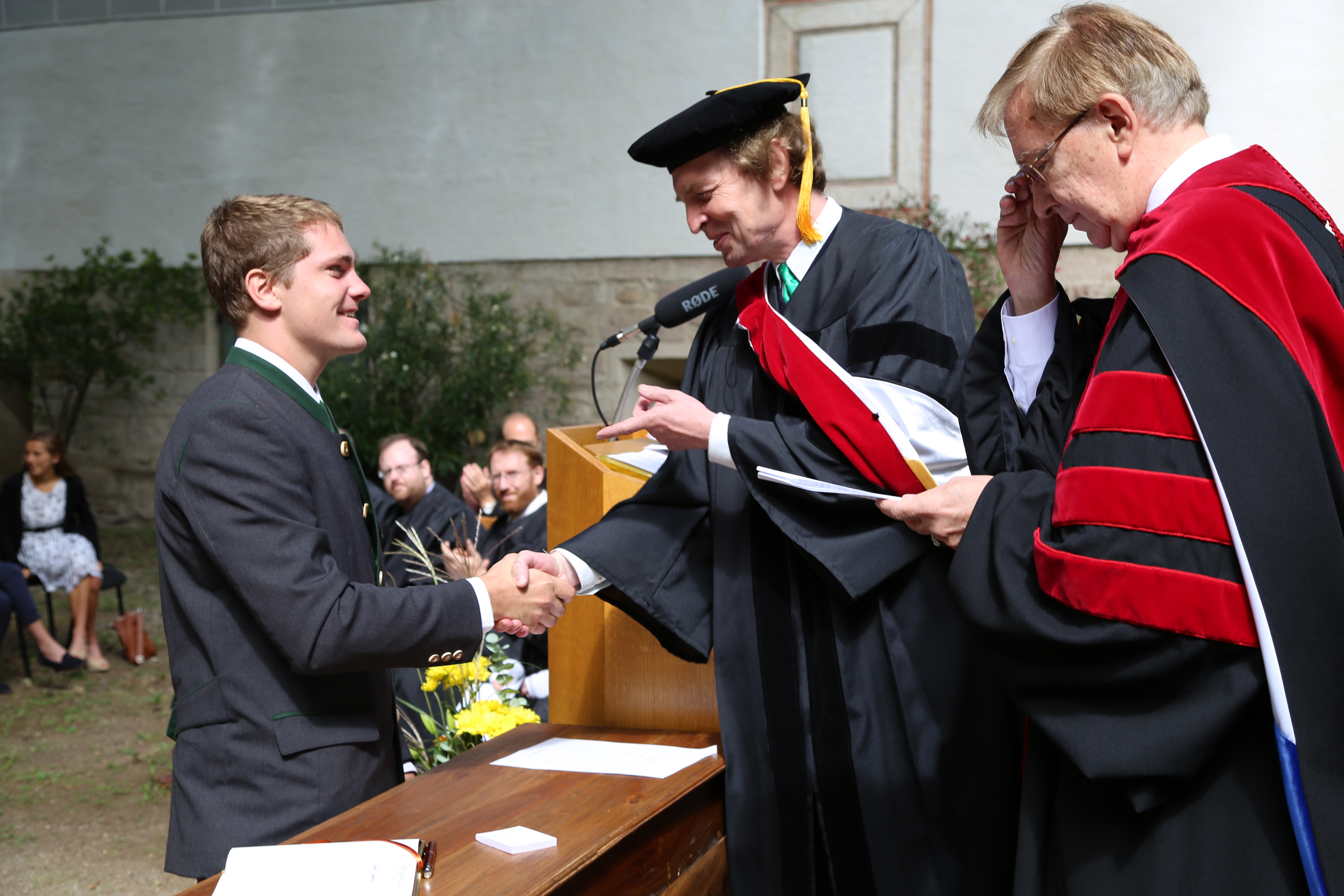“Late have I loved you, O Beauty ever ancient, ever new, late have I loved you! You were within me, but I was outside, and it was there that I searched for you. In my unloveliness I plunged into the lovely things which you created. You were with me, but I was not with you. Created things kept me from you; yet if they had not been in you they would not have been at all. You called, you shouted, and you broke through my deafness. You flashed, you shone, and you dispelled my blindness. You breathed your fragrance on me; I drew in breath and now I pant for you. I have tasted you, now I hunger and thirst for more. You touched me, and I burned for your peace.”
-St. Augustine, Confessions X.27
This is my first Spring in Trumau. I grew up in a tropical part of the world where I suppose we take our perpetual springtime for granted, and so in many ways I have never admitted the charms of this season before. At very least, I have certainly never before known them in Trumau.
Last week I was walking back from Mass along the gravel path that runs between the Schloss and our community apartments. It was gloriously sunny, and I was relishing the simple joy of being able to see my own shadow again after so many weeks of overcast winter days. And then I heard a sound. I thought at first that it was a squirrel romping through one of the pine trees that line the gravel walk. Yet once my ear became aware of it, I noticed that it was coming from every tree. A soft, sudden, popping sound, like popcorn kernels bursting in the heat of a pan; random but still somehow rhythmic, like free verse.
It was the sound of the pinecones opening. Yes; in Trumau, during these first days of Spring, the pine cones open with such eagerness that you can hear them. It is a soft sound, like the smacking of lips. At the moment I heard this I thought to myself that maybe I have always wondered how trees would sing or speak. And now I know.
Spring in Trumau is not only audible. Today I was wandering about in the garden that encircles our Schloss. There are trees there, beautiful trees. There are climbable trees, with rough, pronounced bark; there are fruit trees that are full of pears and apples and plums and cherries in the summer and fall. There are trees with moss on them in hues of green and gold that belong in fairytales. And in the Springtime, in all the places where the leaves will be after the branches have stood barren now for these months of winter, delicate pink and white blossoms come. They smell sweet, and cloak the whole garden in a faint perfume.
Bees have come now to these flowers. I stood beneath a tree that was full of humming bees, whizzing from blossom to blossom. Their gentle but purposeful motion shook the petals from the tree, even on such a quiet, windless morning, so that they floated to the ground. Inaudible motion is somehow otherworldly, and to see it makes me wonder about angels.
To anyone who is considering whether to come to the ITI as a student some day, or whether to join with us in prayer and support, oh! This is what I must tell you: come here for the Springtime. I mean that in many respects, because there is a freshness here, an ageless youth that is old and familiar and yet always new, like how this season feels to me now when I walk out into the day. Spring comes every year, and still we never grow tired of it. And I must expect that the things we read here, the life we lead here, the kind of community we form here, is eternally relevant, and ever-new.
Man is a creature of body and mind, both, and this makes him what he is. What joy comes in finding a place where the Spring is both within and without!
